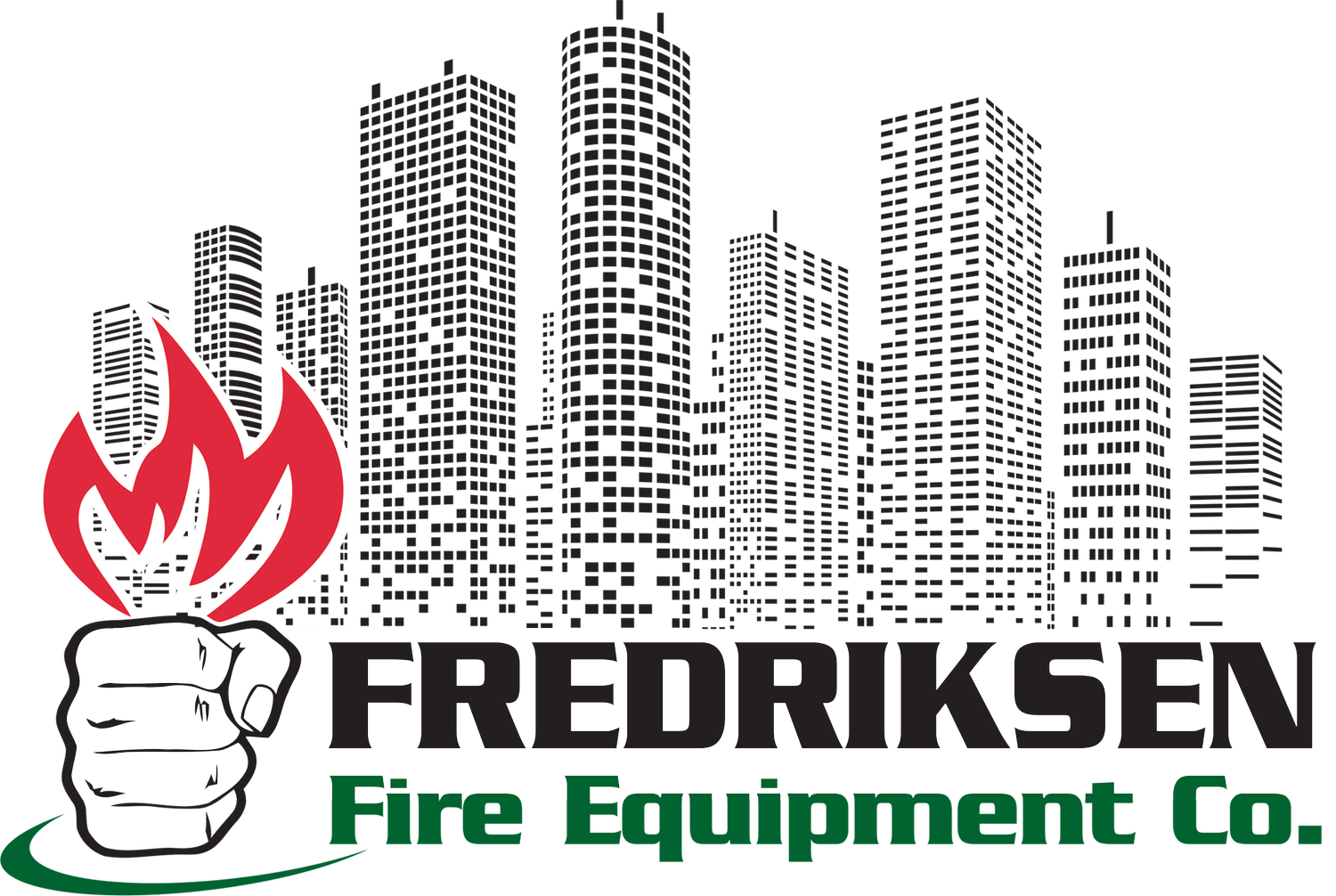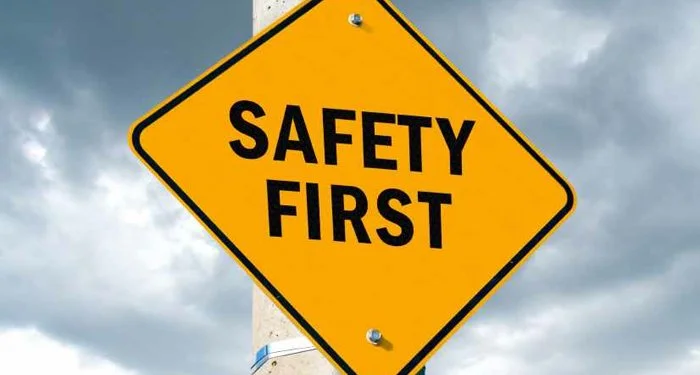FIRE SAFETY TIPS
Cooking Safety Tips
Pay attention to your cooking. Stay in the kitchen when you are frying, grilling, or broiling food.
If you must leave the room, even for a short period of time, turn off the stove.
When you are simmering, baking, boiling, or roasting food, check it regularly. Stay in the home and use a timer to remind you.
If you have young children, use the stove’s back burners whenever possible.
Keep children and pets at least 3 feet away from the stove.
When you cook, wear clothing with tight-fitting sleeves.
Allow food cooked in a microwave oven to cool for a minute before you remove it from the oven. Use an oven mitt.
Open microwaved food slowly. Hot steam escaping from the container can cause painful burns.
Let food cool before eating.
Heating Safety Tips
Keep space heaters at least 3 feet from people and from anything that can burn, such as curtains, bedding, or paper.
Turn space heaters off when you leave the room or retire for the evening.
Candle Safety Tips
A candle is an open flame that can easily ignite combustibles nearby. Candles caused 4% of the home fires from 2000-2004, 7% of the associated deaths, and 12% of the associated injuries. More than half started when something that could burn was too close to the candle.
Extinguish candles when you leave the room or go to bed
Use flashlights, not lit candles, during power outages
Keep candles at least one foot away from things that can burn, such as curtains, bedding, or papers
Never leave a child unattended in a room with a lit candle
Smoking Safety Tips
Smoking materials are the leading cause of fire deaths in the United States. The most common things that first ignited in home smoking fires are mattresses, bedding, upholstered furniture, and trash.
Designate a smoking area outside the home
Provide smokers with deep, sturdy ashtrays
Keep smoking materials away from anything that
can burnChoose fire-safe cigarettes
Seasonal Safety Tips
The year-end holiday season – Thanksgiving, Hanukkah, Christmas, Kwanza, and New Year’s – is a prime time for residential fires. Decorative lights, candles, parties where people drink and smoke, and especially the onset of the heating season all increase the likelihood of a fire. Make sure your home is safe for the holidays by practicing fire safety before, during, and after the celebration.
Watch children. Keep matches and lighters out of the reach of children. Teach your children to stay away from candles, fireplaces, and space heaters.
When buying toys for children, avoid those that could be highly flammable. Make sure all electric toys bear a fire safety label from an independent testing laboratory. Keep electric toys away from Christmas trees and paper decorations.
Use only flame-retardant or non-combustible materials for costumes and decorations.
Be sure all decorative lights, both indoor and outdoor, bear the label of an independent testing laboratory. Keep electric toys away from Christmas trees and paper decorations. Replace any light sets that have cracked or frayed cords or have loose connections. Do not overload outlets or run extension cords under carpets, across doorways, on or under heaters, or pinched behind furniture. Unplug all decorative lights before leaving home or retiring for the evening. Never use electric lights on metal Christmas trees.
If you choose a fresh Christmas tree and are not cutting it yourself, buy one that is not shedding its needles. If you cut your own, cut the tree trunk at an angle and put it securely in a large, deep, non-tip stand. Set up your tree away from exits, fireplaces, and heat sources. Be sure your tree has constant water. If you use an artificial tree, be sure that it is labeled as being flame-retardant.

